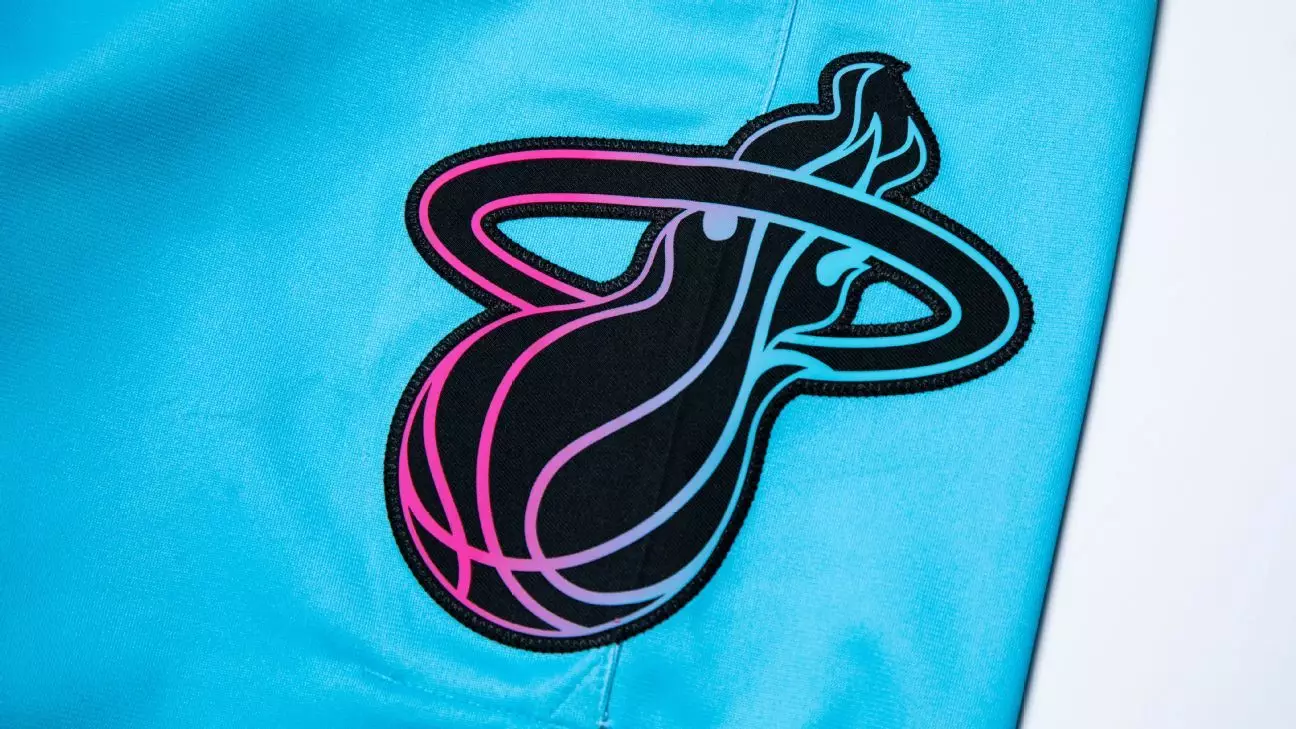The recent scandal involving a former Miami Heat security officer exposes uncomfortable truths about the vulnerabilities within sports organizations. When an individual entrusted with safeguarding elite memorabilia commits theft on such a grand scale, it forces us to question the robustness of these institutions’ security measures. Clearly, relying solely on personnel trust or limited access controls is insufficient, especially when millions of dollars in assets are at stake. The case underscores the urgency for sports franchises worldwide to reevaluate their security protocols rigorously.
What Went Wrong? An Insider’s Betrayal
Marcos Thomas Perez’s long tenure, spanning over two decades as a police officer and security personnel, perhaps lulled the organization into a false sense of security. His access to restricted areas should have been carefully scrutinized, but evidently, vulnerabilities persisted. The fact that he managed to steal over 400 items over three years suggests systemic flaws—either in oversight or in internal controls. The ability to shipping stolen memorabilia across state lines points to a concerning lack of monitoring and accountability. This insider threat exemplifies how familiarity can breed complacency, ultimately enabling betrayal from within.
The Value of Stolen Goods: A Reflection of Fame and Fortune
One of the most shocking revelations was Perez’s sale of a LeBron James NBA Finals jersey for only about $100,000—a figure dramatically eclipsed at auction. This disparity between sale price and auction value indicates how stolen items are often undervalued in illicit markets, yet their true worth lies in their significance to fans and collectors. Such memorabilia are not mere possessions but symbols of sporting excellence, creating an insatiable demand that fuels criminal enterprise. The case underscores how stolen sports memorabilia can perpetuate a black market that profits from fans’ fanaticism.
Implications for the Future of Sports Security
This incident should serve as a wake-up call for sports leagues and clubs to overhaul their security initiatives. Implementing multi-layered access controls, continuous inventory tracking, and strict audit procedures could prevent insider threats of this magnitude. Moreover, fostering a culture of accountability and transparency within organizations might mitigate the temptation or opportunity for staff to participate in such criminal activities. As the commercialization of sports continues to escalate, safeguarding assets must become a priority rather than an afterthought.
The Broader Impact: Trust Erodes But Can It Be Rebuilt?
The breach of trust at the Miami Heat created ripples beyond the organization itself, affecting stakeholders, fans, and the wider sports community. Such incidents threaten to diminish public confidence in how well these institutions protect their assets. However, with proactive reforms and genuine commitment to transparency, leagues can recover from these setbacks. The true challenge lies in transforming lessons learned into concrete actions that reinforce security and rebuild faith in the integrity of sports organizations.
This case is more than just a theft—it’s a reflection of deeper issues surrounding security, trust, and oversight within professional sports. Addressing these flaws head-on is imperative for safeguarding not only valuable memorabilia but also the reputation of the sport itself.

